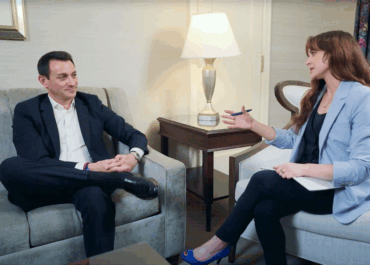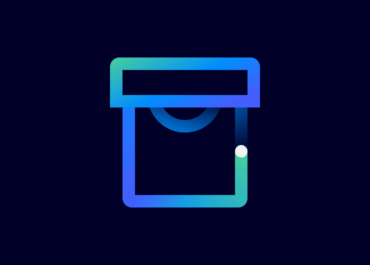EKM + BYOK ≠ E2EE
In its blog post announcing the launch, Slack explains that EKM provides customers the ability to “Bring Their Own Keys” (BYOK) to encrypt messages and files. Together, Slack says, EKM and BYOK are adequate protection for your data.
But there is no replacement for true end-to-end encryption.
With Slack EKM, the keys are loaded onto the cloud, and those keys are used to decrypt messages and files on cloud servers. This exposes the messages and files in clear text on the cloud, turning them into a potential attack surface area.
This doesn’t really improve real-world security for the most important attack scenario. The very cloud servers that have access to the keys and can decrypt content are precisely the servers that hackers would focus on, giving a successful attacker access to both the data and the encryption keys necessary to access the information. BYOK doesn’t protect you from having your data breached if the keys–as with Slack’s EKM offering–are accessible to the cloud servers.
The main breach-protection “benefit” of Slack EKM appears to be that it is easy to cancel your encryption keys after a security incident. But if the service is compromised, you’ve already lost your data. An attacker will quickly exfiltrate the decrypted content. This feature is akin to closing the barn door after the horse has already escaped: it won’t get you your horse back. It may help you protect future data you load into the platform, but after something like this happens, you’d probably be looking for a more secure solution anyway.
Part of this comes down to a limitation of Slack’s system architecture. It wasn’t architected with security at its core, so Slack is now attempting to retrofit security into an existing model, but that’s extremely difficult – if not impossible – to do right. Unfortunately these limitations mean that purchasers of messaging platforms now need to sort through “fig leaf” bolt-on features that don’t really address the underlying security weakness of this design.
How Does Symphony Compare?
At Symphony, security is core to our DNA. We invested on Day One to build our entire platform on true end-to-end encryption. We have offered Key Management from the get-go. This is why we have an unmatched encryption model that operates effectively without compromising usability, including in search and with bots and workflows.
In our enterprise collaboration platform, cloud servers have no access to encryption keys at all, and keys are not only created by the customer, but remain entirely in the hands of the customer the whole time. Symphony customers can keep their keys safely on-premise at all times. So, even if the cloud service is breached, the keys remain safe because they aren’t even there.
This is what we mean when we talk about true end-to-end encryption. We don’t decrypt objects on cloud servers — ever. It’s this security model that provides the core protection every enterprise should demand.
The Bottom Line
The bottom line is: Slack is still operating on a legacy security model, even with this new update. In contrast, 400,000 of the world’s most security-conscious users trust Symphony and chose us after extensive due diligence. There is no better vote of confidence than that.
Please also feel free to reach out to the team at [email protected] if you’d like to learn more about how Symphony can help your team collaborate securely.



